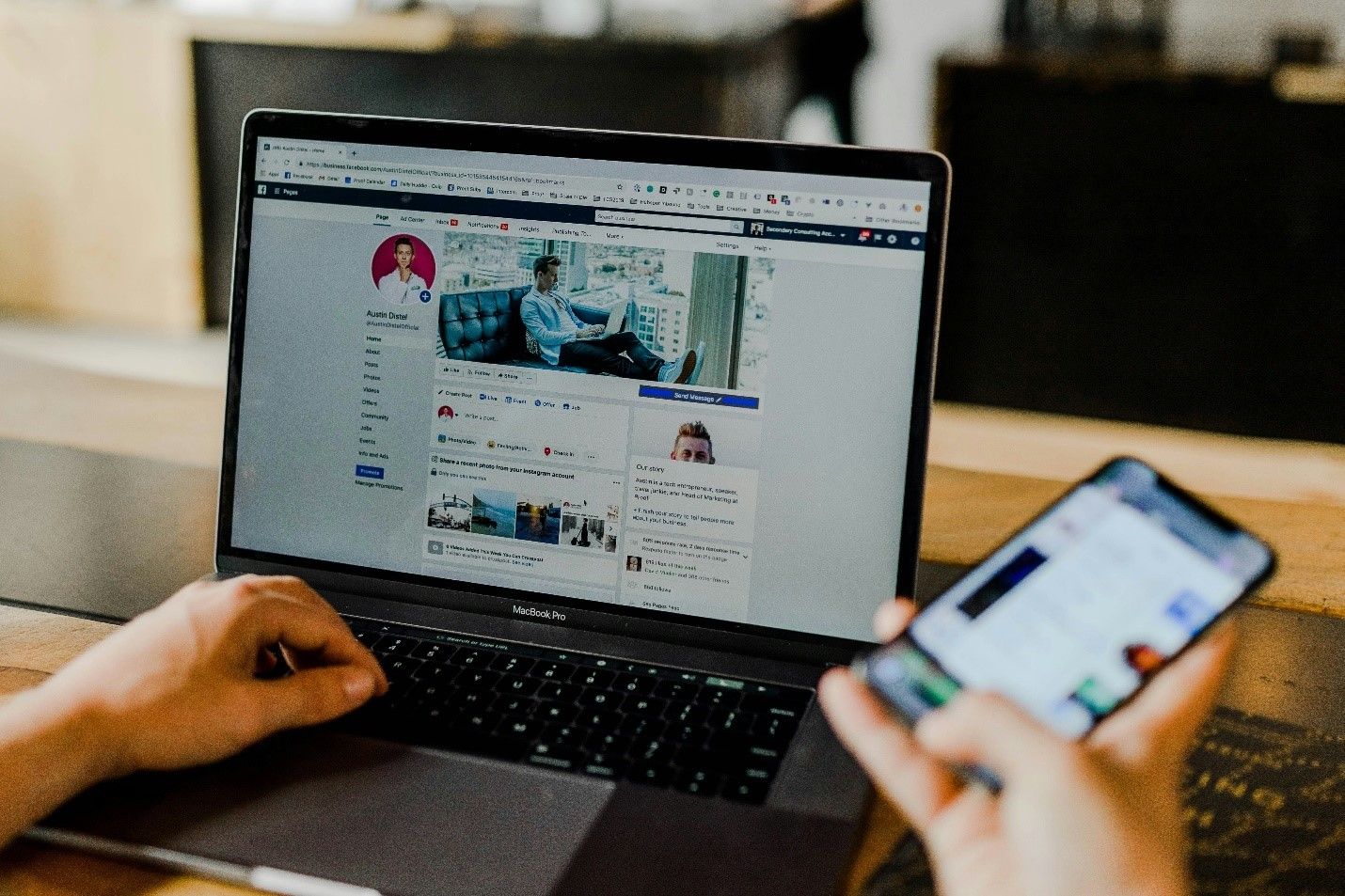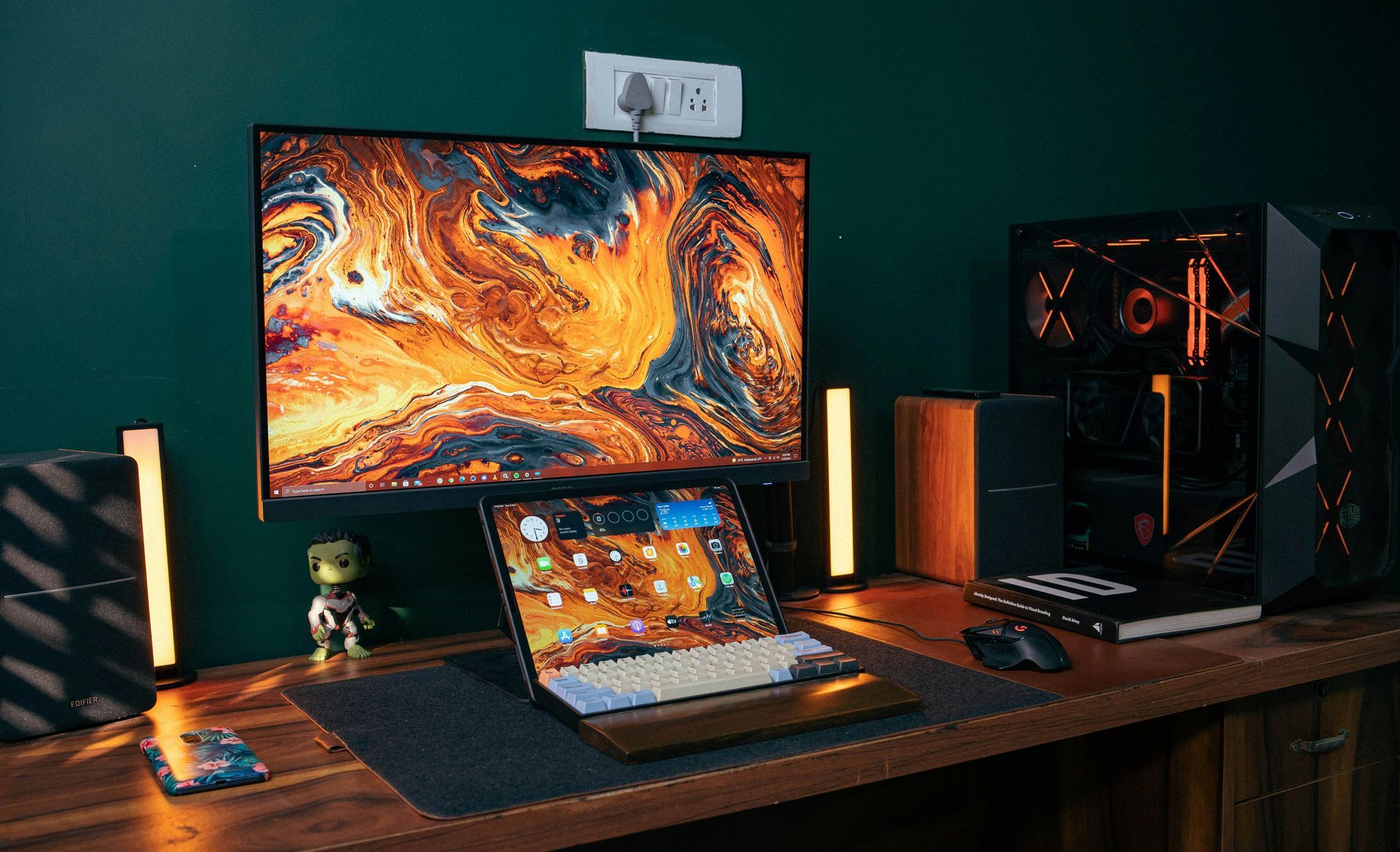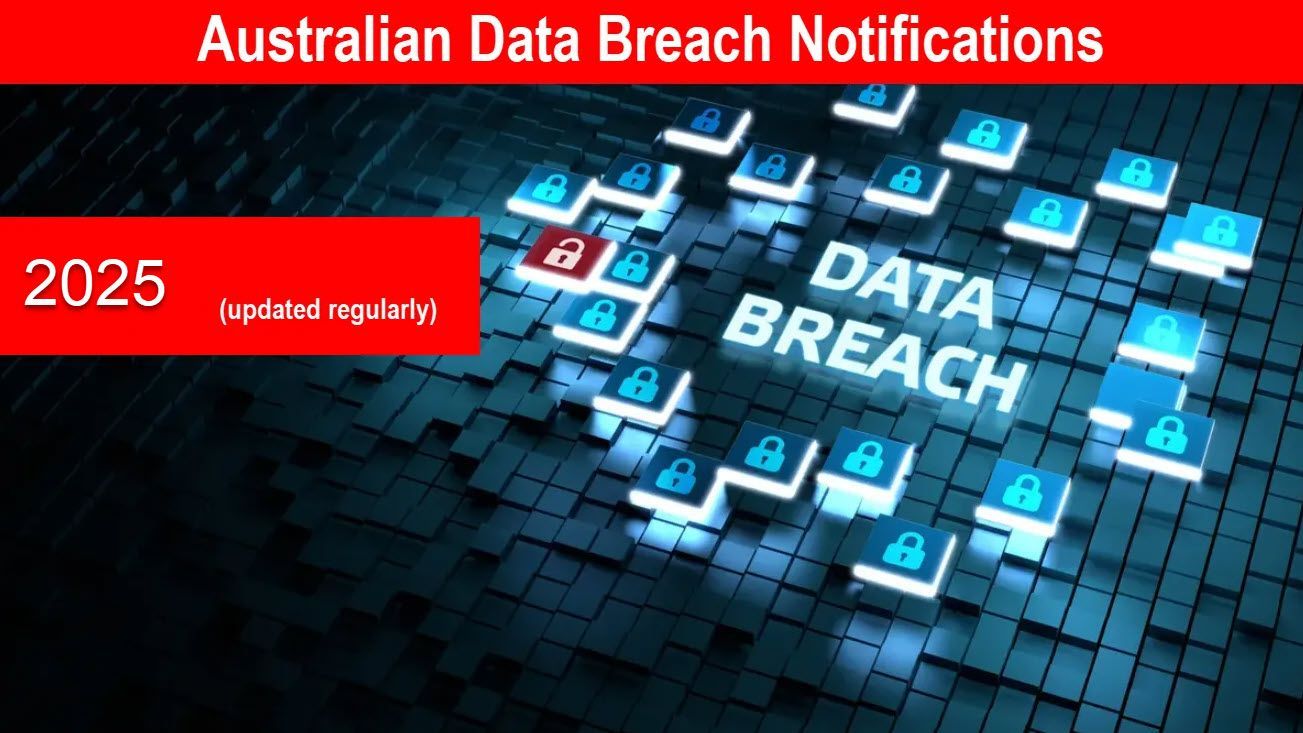How Does Technology Affect Human Connection

We all have seen how fast technology has changed the world around us.
It has sunk its claws into our lives, revolutionizing the way we communicate and connect with those around us.
From the rise of personal computers to the advancements in augmented and virtual reality, each technological breakthrough has left its mark on human life—whether it’s our work or how we entertain ourselves.
In earlier times, you’d find children out there kicking cans and capturing flags, but nowadays, you can see the same kids watching vlogs and playing mobile games. In the past, special occasions brought together all family members, but now, birthday wishes are often exchanged through text messages.
As of January 2024, a whopping 5.35 Billion internet users are present globally.
The influence is real, and we can see it around us.
How Does Technology Affect Human Connection?
The following are a few ways in which the technology of today’s digital world has made an impact on human connection.
1. Digital Communication

At the dawn of technology, digital communication became the biggest leap into the future. It marked a significant advancement at the beginning of the technology era—and now, it has become a norm!
Digital communication has broken the geographical barriers, allowing us to communicate with people living all around the globe.
With just a few touches on our smartphones or a few clicks on our computers, we can instantly chat with our friends, plan our trips, and let them know if there’s an emergency.
With digital communication, we now make online “friends” and talk to them no matter where they live on the planet.
Technology has influenced business communication as well.
Now, it is much easier to connect with employees, make important announcements, conduct online meetings, and collaborate—all while maintaining a professional environment.
2. Social Connections

Social media has changed the way we used to connect socially. Now, we can not only talk to each other but also stay updated on the daily life activities of our friends and family members without having to meet them in person.
Sending snaps, uploading stories, frequent posting, and staying live on social media has become an essential part of our daily lives.
Think of it this way—we can’t live without our phones!
The negative aspect of all this is social media addiction. We’re hooked on our phones and social media. It’s like a never-ending desire for that rush of excitement we get when we see a notification or a new like.
The more we check, the more we want.
It’s become a habit we can’t shake off, making us constantly glued to our screens.
3. Dating and Relationships

Technology has brought innovation to the world of dating and relationships.
More and more people are establishing their online dating profiles, and we can find many of our friends trying to find their perfect match!
Other than that, technology has also helped individuals in long-term relationships to stay connected to each other. They can chat whenever they want, they can Facetime each other, and they can maintain their connection regardless of the distance.
Furthermore, in today's digital world, there are trustworthy online coaching platforms that offer guidance and support to help couples navigate challenges and strengthen their relationships from the comfort of their own homes.
4. Networking

Technology has improved business connections with the help of networking.
Today, we can easily establish valuable business connections with people all around the world. We are not just confined within our office walls, and the scope of our network has become global.
This has helped businesses grow exponentially by facilitating collaborations and partnerships across borders. Companies can now tap into a diverse pool of talent, resources, and markets, expanding their reach and opportunities for innovation.
Moreover, networking enables businesses to stay updated on industry trends, exchange ideas, and learn from the experiences of others.
5. Negative Influence

While technology has made our lives easier, improper use of it can result in harm.
Social media addiction is just a small chunk of it.
There’s so much more to the negative side of technology—online fraud, privacy issues, phishing attempts, cyberbullying, identity theft, ransomware attacks, etc. Other than that, social displacement is said to be another negative effect of technology on human connection. Reduced attention, sleep deprivation, depression, isolation, social interaction issues, and the list goes on.
Parents should be concerned about how technology can affect their children’s health.
Seeking professional help in such cases is always a better option, but it is best to avoid such scenarios from the start. We can do it by being prudent and taking proper care of ourselves.
Balancing Real-life and Virtual Interactions
For that reason, it is vital to balance the use of technology with physical interactions.
Face-to-face Conversations

It doesn’t matter how well today’s technology mimics a live interaction, it can never beat a real face-to-face conversation between two people.
That’s why, it is so important to go out and experience real-life interactions. It is no surprise that studies have shown immense positive effects of social connection on human health.
And let’s be real—they are not talking about having a chat with your Facebook “friends.” Social connectedness means establishing strong and meaningful real-life connections with people around you.
We are going to talk about limiting the use of technology, but with that, it is also important that you go out with your friends or family and spend quality time together.
Limiting the Use of Technology

You must’ve heard:
“Everything in excess is opposed to nature.”
Well, Hippocrates—the father of medicine—said so himself.
Also, it is now common knowledge that excessive use of technological devices is harmful to health and overall well-being.
Therefore, it is better to limit their use.
Remember, breaking a technology addiction takes time and effort, but with determination and the right strategies, it is possible to regain control over your usage and improve your overall well-being.
Prioritizing Physical Activities

Taking part in physical activities is a sure way to balance your digital life.
Regular physical activity is essential for improving physical health, managing weight, and reducing the risk of chronic diseases.
Engaging in activities such as walking, running, yoga, or any other form of exercise that gets you moving can provide a mental and emotional break from the digital world.
Final Word
Remember, finding balance in the digital age is a personal journey, and it may require some trial and error to discover what works best for you.
By setting boundaries around technology use, such as designating tech-free zones in your home or setting aside specific hours for digital activities, you can create a healthier balance in your life.









